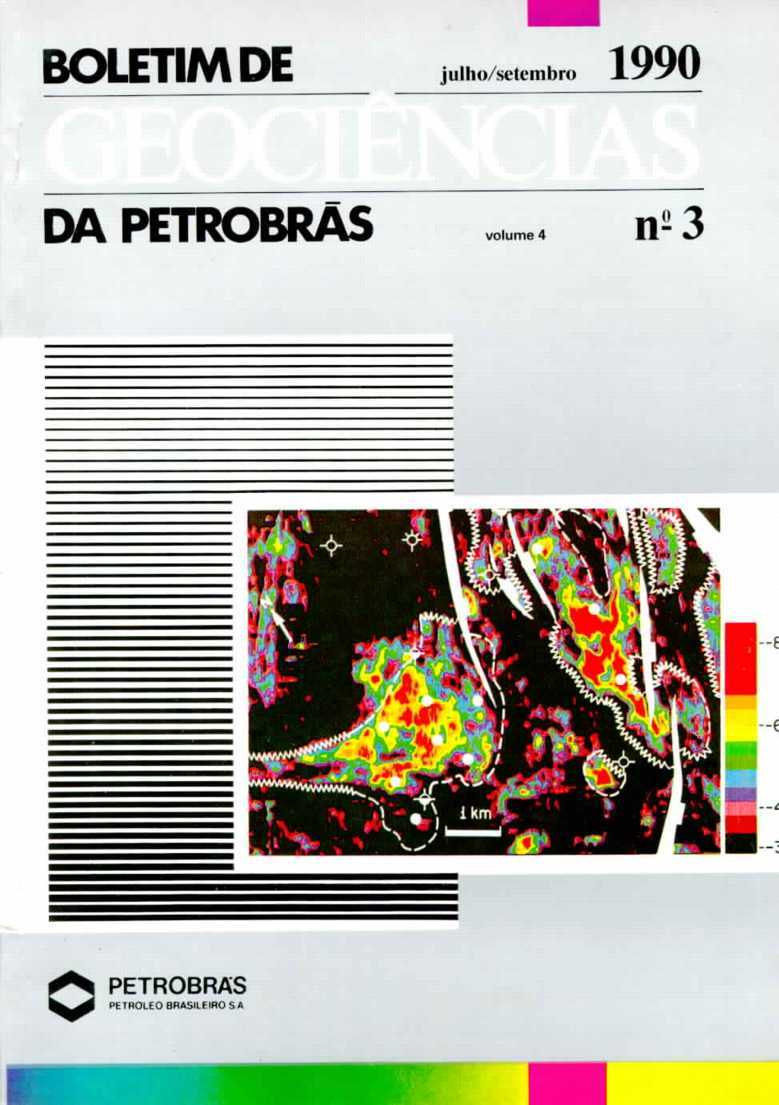Amplitude mapping in the appraisal of the Corvina and Malhado Fields
Abstract
In the area of the Corvina and Malhado fields, located in the Campos Basin, the amplitude map for the top of the Eocene sandstone reservoir, derived Irom 3D seismic data, presents anomalous values for the structural highs and flanks where oils trapped. This suggests that there is a correlation between the presence of Gil and the acoustic behavior of the reservoir, as confirmed by a large part of available well-log data. Petrophysical modeling indicates that this correlation reflects the distinct acoustic properties of oil and brine rather than possible variations in porosity associated with cementation inhibition processes. In the Corvina Field, superposition of amplitude and structural maps for the top of the reservoir indicated a probable stratigraphic control toward the west and helped to better define the accumulation. In the Malhado Field, these maps helped to better delineate the structural and stratigraphic limits of the accumulations and the well 3-MLH-1, based on these maps, allowed to increase the volume of oil in place for the field 24 x 106 bbl. Likewise based on this amplitude mapping, two new accumulations were discovered in the same Eocene reservoir sandstone: the areas of wildcats 1·RJS-412 and 1-RJS-373A, which hold 360 x 106 and 125 x 106 bbl of oil in place.


